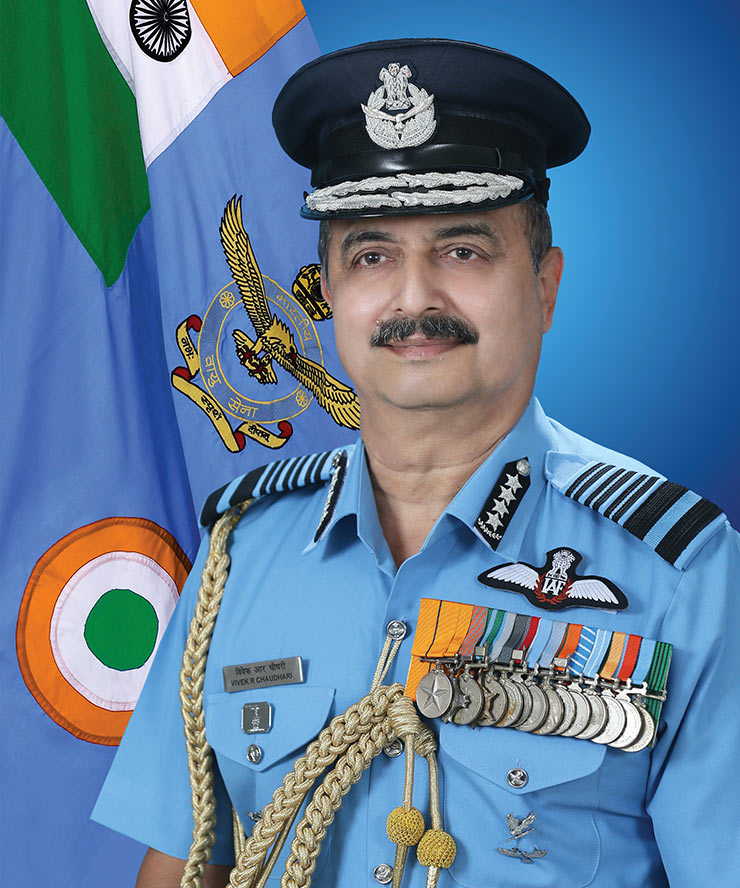 Air Chief Marshal Vivek Ram Chaudhari has been tirelessly working towards transforming the Indian Air Force (IAF) into a modern and capable fighting air force, with a focus on developing both offensive and defensive capabilities.
Air Chief Marshal Vivek Ram Chaudhari has been tirelessly working towards transforming the Indian Air Force (IAF) into a modern and capable fighting air force, with a focus on developing both offensive and defensive capabilities.
In an exclusive email interview with Raksha Anirveda marking the 91st Anniversary of Indian Air Force Day 2023, the Chief of the Air Staff delved into critical aspects of India’s air defence strategy and the IAF’s ongoing transformation. He emphasised the imperative of preparing military leaders for a future characterised by rapid technological advancements and multifaceted challenges. The IAF Chief explained the need for augmenting squadron strength, the development of indigenous fighter aircraft, the rationale for theatre command, the urgency for aircraft acquisitions, and building military space capabilities. Edited excerpts:
RA. How well-prepared is the IAF to address the challenge of depleting squadrons that it is currently facing?
CAS. The IAF presently operates with 31 fighter squadrons and plans to introduce 83 Light Combat Aircraft (LCA) Mk1A from 2024 onwards, with consideration for additional LCA Mk1A aircraft. We are also pursuing the induction of 114 Multi-Role Fighter Aircraft (MRFA) to bolster our squadron strength and ensure an adequate number of 4.5 generation aircraft.
Additionally, we have initiated a case for in-house upgrading of our Su-30 fleet, incorporating indigenous radar, new-generation Indian weapons, and sensor enhancements such as the Infrared Search & Tracker (IRST) and Glass Cockpit. We are also progressing towards the indigenization of Su-30 MKI aeroengines.
Efforts are underway to integrate indigenous Astra Beyond Visual Range (BVR) Air-to-Air Missiles on LCA MK 1A, with firing trials in progress. We have already completed upgrades for the MiG 29 and Mirage 2000, and we are in the process of integrating indigenous weapons across our fighter fleet.
Our operational experience and robust upgrade programs position us well to confront future challenges. Furthermore, infrastructure developments, including Weapon Storage Areas (WSAs), Advanced Landing Grounds (ALGs), airfield upgrades, and hardened aircraft shelters, significantly enhance our combat potential.
RA. How serious is the problem of a narrowing asset base for the IAF? Are we vulnerable due to a shortage of fighters at this juncture?
CAS. While we have implemented efficient alternatives to maximise our existing capabilities and mitigate vulnerabilities through innovative means, we remain vigilant. The IAF is diligently working on a time-bound plan to address existing gaps promptly. We are confident in our ability to deliver for the nation in any contingency. Nevertheless, we must exercise caution in not substituting efficiency for effectiveness and continue with the rapid pace of capability development.
The IAF is diligently working on a time-bound plan to address existing gaps promptly. We are confident in our ability to deliver for the nation in any contin-gency. Never-theless, we must exercise caution in not substituting efficiency for effective-ness and continue with the rapid pace of capability develop-ment
RA. Has the IAF resolved its opposition and concerns regarding the theaterisation of armed forces? What are the key factors behind your opposition to the air defence theatre command?
CAS. The precise contours of the final model for theaterisation are still under discussion, and I would prefer not to comment at this stage. The process of military reforms adheres to logic, reason, and established military principles. All services are collaborating to create a model tailored to Indian conditions.
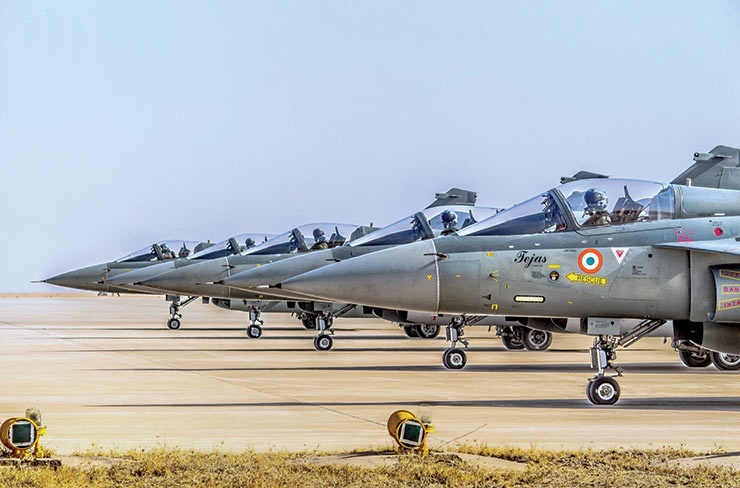
The IAF has advocated for a future-ready integration model that reduces decision-making levels and capitalises on the strengths of all three services. It’s crucial to avoid allocating limited assets exclusively for air defence or offensive roles, given that many of our aircraft possess omni-role capabilities. Operational flexibility is a vital tool for commanders, making a dedicated air defence command less viable.
RA. You’ve emphasised the need for the IAF to adopt a forward-looking approach in preparing future military leaders to effectively navigate the challenges presented by “accelerated technology infusion” and be ready to “fight tomorrow’s wars.” Could you elaborate on this?
CAS. Certainly. It’s essential to acknowledge that the future battle-space will be characterized by Clutter, Congestion, Contention, and Complexity. As a result, we must reimagine, reinvent, and retrain ourselves for upcoming conflicts. Effective leadership plays a critical role in the armed forces to develop, retain, and sustain our combat edge.
The IAF has taken a number of steps to ensure that our leadership is trained and educated appropriately at all levels. At the basic level, education programs are oriented towards “tech infusion.” At operational and strategic levels, these programs are geared towards campaign planning and understanding geopolitical realities. At the operational level of leadership, we are also cognizant of the emergence of new domains of warfare like space and cyber, the cross-domain application of force, and the optimisation of resources to achieve the desired effect. These areas are our focus, enabling us to arrive at the best operational solutions. Our overarching aim is to present a force that is future-ready and capable of prevailing in any contingency faced by our country.
RA. Space is going to be the ultimate high ground, as wars in the future will be fought on land, air, sea, and in space as well. Has the IAF started transforming itself to become an ‘aerospace force’? Please provide insights into the progress made so far.
CAS. Indeed, space is set to become the ultimate high ground in future conflicts. The IAF recognises this evolving reality and is actively transforming itself into an ‘aerospace force’ with a focus on developing both offensive and defensive space capabilities.
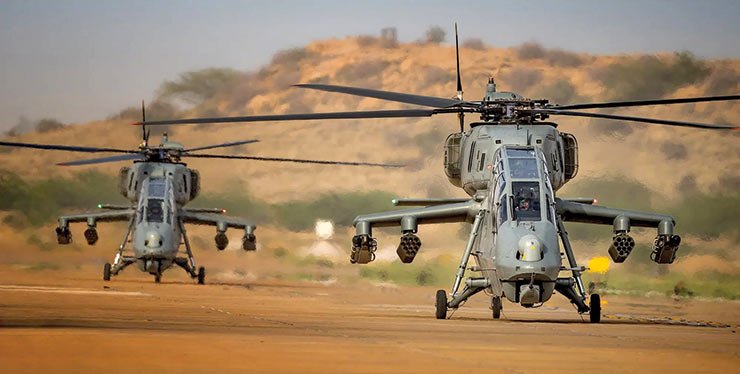
Our efforts include the establishment of a comprehensive space ecosystem, aimed at projecting, planning, and implementing military space capabilities required for future operations. We have taken a deliberate decision to expand our operations beyond the realm of military space services and applications, venturing into space operations. This transformation aligns with the directive from the Defence Minister, as articulated during the 37th Air Chief Marshal PC Lal Memorial Lecture in May 2022. The Defence Minister’s vision calls upon the IAF to become an aerospace force, prepared to protect the country from future threats.
RA. With the government’s focus on ‘Aatmanirbharta in Defence’ and full support for the Advanced Medium Combat Aircraft (AMCA), do you believe that its development progress is on track, necessitates strategic partnerships, and will be ready for force induction as per the planned timeline? Additionally, are you satisfied with the performance of the indigenous aircraft LCA Tejas, and will it serve as the core aircraft for expanding the IAF’s asset base?
CAS. Fighter aircraft design is an ongoing process of learning from experience. Multiple modifications and improvements have been implemented at various stages of the LCA program, from Initial Operational Clearance (IOC) to Final Operational Clearance (FOC) and FOC to Mk1A. These continuous enhancements will persist in upcoming variants like LCA Mk-II and AMCA, drawing from lessons learned in earlier iterations. This approach solidifies the LCA’s role as the core aircraft for expanding the IAF’s asset base. LCA Mk-1A is equipped with state-of-the-art sensors, avionics, and weaponry, including Beyond Visual Range (BVR) and Air-to-Air Refuelling (AAR) capabilities. It stands as a potent platform for the IAF.
It’s crucial to avoid allocating limited assets exclusively for air defence or offensive roles, given that many of our aircraft possess omni-role capabilities. Operational flexibility is a vital tool for commanders, making a dedicated air defence command less viable
Regarding the development of AMCA, it’s crucial to acknowledge that building a fighter aircraft with advanced capabilities is a complex and time-consuming endeavour. While the AMCA project progresses steadily, strategic partnerships may be considered to expedite development further. The IAF remains committed to working closely with all stakeholders to ensure that the AMCA meets its operational requirements and timelines.
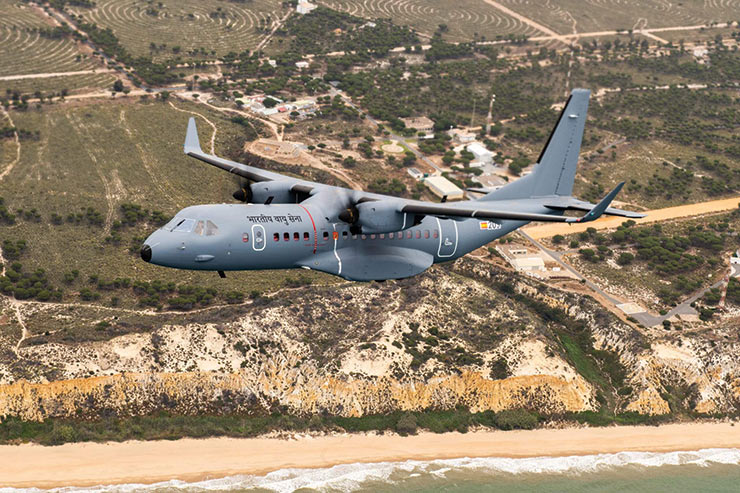
RA. The acquisition of 114 combat jets has faced prolonged delays due to policy issues. Is it now advancing expeditiously, or does the IAF have contingency plans to address this delay?
CAS. The IAF is actively pursuing the induction of 114 Multi-Role Fighter Aircraft (MRFA) into its inventory. This endeavour is driven by the imperative to bridge the gap arising from depleting squadron strength, especially considering the timelines for the development and induction of indigenous fighter platforms. These 114 aircraft are essential to maintaining the IAF’s combat edge and preventing further depletion of our strength.
Given the significance of this initiative, I am optimistic that the proposal will make substantial progress soon. The IAF remains committed to ensuring the nation’s security and its ability to respond effectively to any contingency.
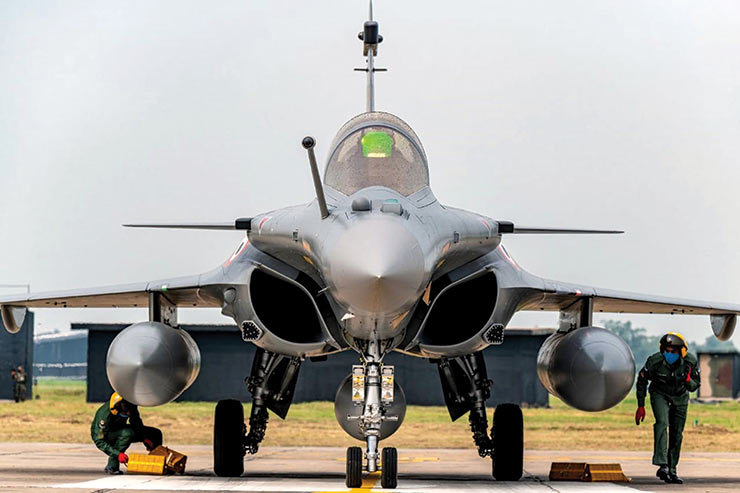
RA. Could you provide insights into the IAF’s preparedness to embrace critical and evolving cutting-edge technologies, expand its weapon inventory with an edge, and its collaborative engagement with academia, start-ups, and industry?
CAS. In line with the government’s ‘Aatmanirbharta in Defence’ initiative and its strong support for the defence and aerospace industry, the IAF is actively fostering an ecosystem that promotes innovation and technology development.
We are engaging with research and development institutes, academia, industries, start-ups, and individual innovators to drive advancements in defence technology. The IAF is currently involved in numerous projects under various schemes, such as iDEX, MAKE, and TDF, to promote innovation and technology development.
Our aim is to incorporate modern defence technologies into our inventory, including Loitering Munitions, Swarm Unmanned Aerial Systems (UAS), Intelligence, Surveillance, and Reconnaissance (ISR) solutions, and multi-disciplinary Artificial Intelligence (AI) and Augmented Reality/Virtual Reality (AR/VR) technology solutions.
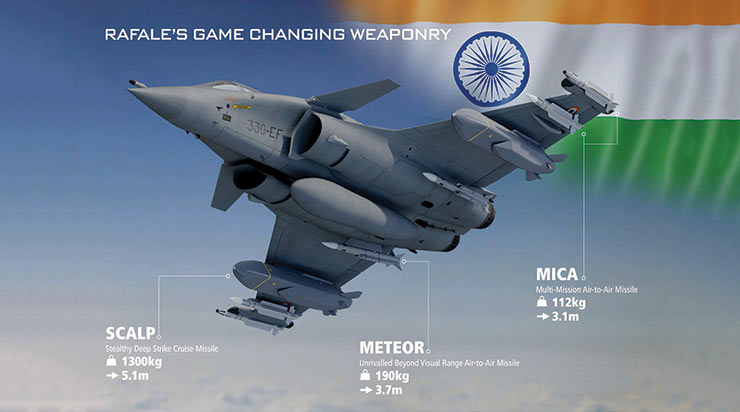
We also encourage the Indian industry to explore domains like Hyper Spectral Imagery Solutions, Quantum Computing and Communications, Precision Global Navigation Satellite Systems (GNSS) Independent Navigation Systems, and Hypersonic Weapons.
We have recently signed a contract for Swarm Unmanned Munition Systems, resulting from the successful Mehar Baba Swarm Drones competition. Such initiatives, along with events like Bharat Drone Shakti, not only boost the Indian industry but also enable the IAF to acquire niche technologies critical to our national security. Collaboration and innovation are at the core of our approach to stay at the forefront of technology and maintain our combat edge.








